An adventure in super8…
A week before an old friend’s wedding in Marrakesh I had a call from the groom.. “I really need you to do me a favour; could you film Nicola walking down the aisle? You used to have a film cameras. I want it to look real forever; it has to be on film!”
How could I say no?… I wanted to use my 16mm Bolex camera but this wasn’t financially practical…. so I decided that I would film it on Super8 with three cameras and get my brother (a music producer) and wife (a photographer) to operate the other two cameras. That left me with 7 days to sort it out.
BUYING
First I had to buy some super8 cameras preferably from London so I ended up getting them from these places: (if you are a film geek and you haven’t visited Umit and sons do so.. it’s an amazing treasure trove of old 8 and 16mm film prints!)
- ebay (very cheap, and no guarantee the light meters or anything will work!)
- http://www.sendeancameras.co.uk/
- https://www.facebook.com/pages/Umit-Son/126197130764048
These places also looked ok to buy cameras from but I didn’t have time to use them:
- Germany http://super8exchange.com http://cheap-super8camera-shop.com/
- http://www.theoldfilmcompany.com/Page3_2.htm
Then I found places to buy film stock in London:
Then I worked out how to use new stock in old film cameras and expose correctly i.e. ASA and metering
- http://www.super8camera.com
- http://www.peaceman.de/blog/index.php/super-8-notch-ruler-new-and-improved
I ended up getting these three cameras: a Canon 814, Bell & Howell 670XL, a Bauer C1m all working for less than £200, with the Canon fresh out of a service. I also got nine rolls of kodak vision 50ASA Neg film and two of Vision 500T.
SHOOTING
The mostly ASA50 choice was a mistake. I was told that the service would be in the mid afternoon desert sun, but upon arriving there found out that the ceremony was going to happen just after sun-set!! With light meter in hand I sat down to do the maths, then threw away the paper in despair and just told everyone to shoot all cameras wide open, and to be careful to get everything in focus.
TELECINE & PROCESSING
Getting back home, I then had to solve how to deal with the underexposed film. I got them developed at www.widescreen-centre.co.uk and pushed the 50T one stop. I pushed it only one stop because I’ve learnt from processing and scanning 35mm film that pushing it too much just leads to heavy grain, and its best to try and recover detail in the scanning. Getting the film back and having had a look at it under a light, I realized that it was all very thin and very underexposed.
The next challenge was scanning.
- each roll needed to be individually timed and preferably client attended.
- I needed it to be scanned at a minimum of 10bit log, uncompressed, or at the very least linear but not s-rgb/monitor-space do i could colour correct it adequately after
- I need to get a scanner with high dynamic range and a minimum HD resolution.
This was a all a bit of a problem. Firstly most scanning places have shut down, or were not in the UK. The existing places to scan 16mm/35mm film did not touch 8mm. There were several ‘convert your old home movies’ but the ones I contacted didn’t know the difference between various colourspaces or identify uncompressed codecs and most of them used camcorders so I didn’t trust them. These two places looked ok ; www.cine-to-dvd-transfer.co.uk | www.widescreen-centre.co.uk but I wasn’t confident they would be able to save my ass, as I knew I needed something that took advantage of some of the more recent developments in digital imaging.
It was then that I came across this page which led me to this vimeo page which led me to the cine2digits and a very clever retired television engineer called Frank Vine. I contacted him, and he understood what I was trying to do. He sent me this candle lit super8 frame and I knew that his system was a possible option!!
He explained his system to me. A customized Eumig mark 8, 16bit linear CCD, with his own developed software that used a double led strobe flash system, to firstly measure base-black and then scan accordingly with the second flash to get the widest dynamic range possible. I totally got it and he was enthusiastic to use my ‘problem film’ to test his system and one afternoon in his lab we scanned the film. I was very impressed, his machine saved the day, and I can recommend anyone wanting to purchase it that it is amazing. In my opinion, the only way it could of been improved would have been if it was done on something like a arriLaser i.e. a flat scanner (This would of made it more stable, as well as flashing the film at three different exposures and then bracketing the result for more range)…… but this type of scanning is not available for super8, only 35mm.
Here is from the telecine so you can see the result: A 500ASA at night time and a 50ASA 54min after sunset:
LINKS – Learning about Super8
- http://www.super8.nl/english/e_index.htm
- http://i.imgur.com/obp6GOg.png
- http://www.explodingcinema.org/directory.htm
- http://www.super8data.com
- http://www.film.project-consultant.net/html/bosch___bauer.html
- http://www.film.project-consultant.net/html/adams64_new_cams.html
- http://www.film.project-consultant.net/html/braun_-_nizo.html
- http://www.mondofoto.com/
- http://www.taylorstv.com/wp/?p=2480
- http://www.cambridge-super8.org/usefull-links/
- www.guagefilm.co.uk
- http://telecine.godiskind.com/
Random:
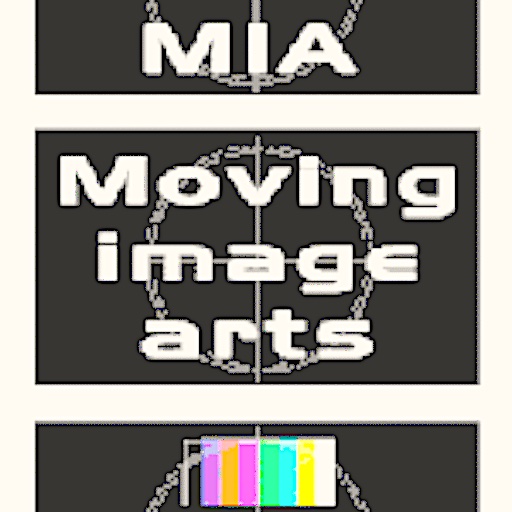
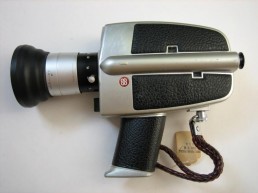

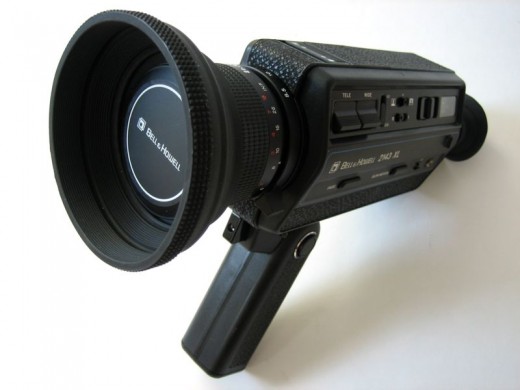
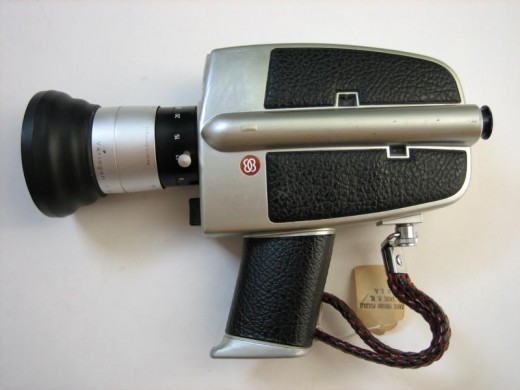
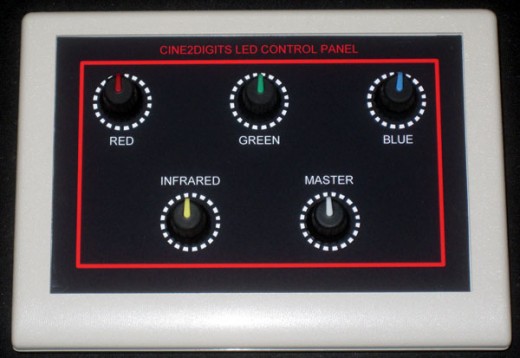
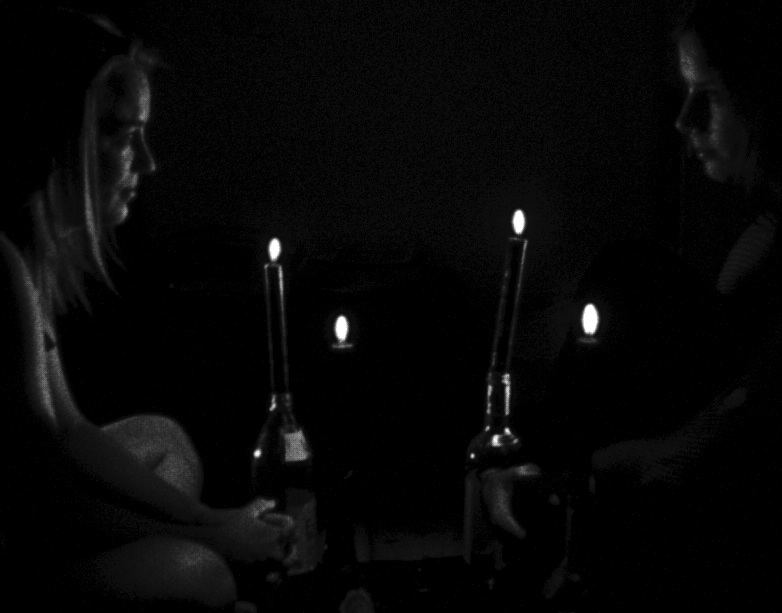
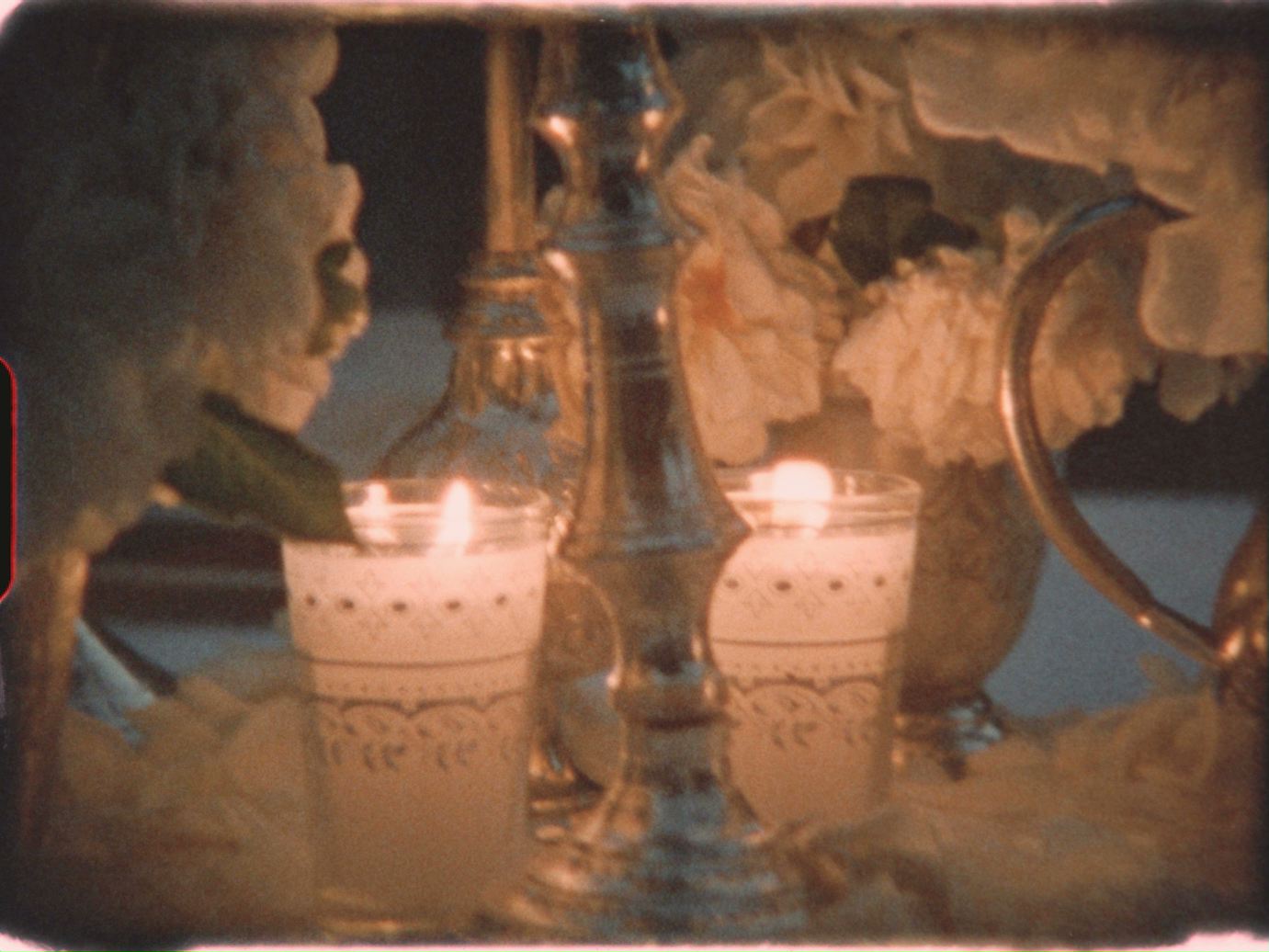
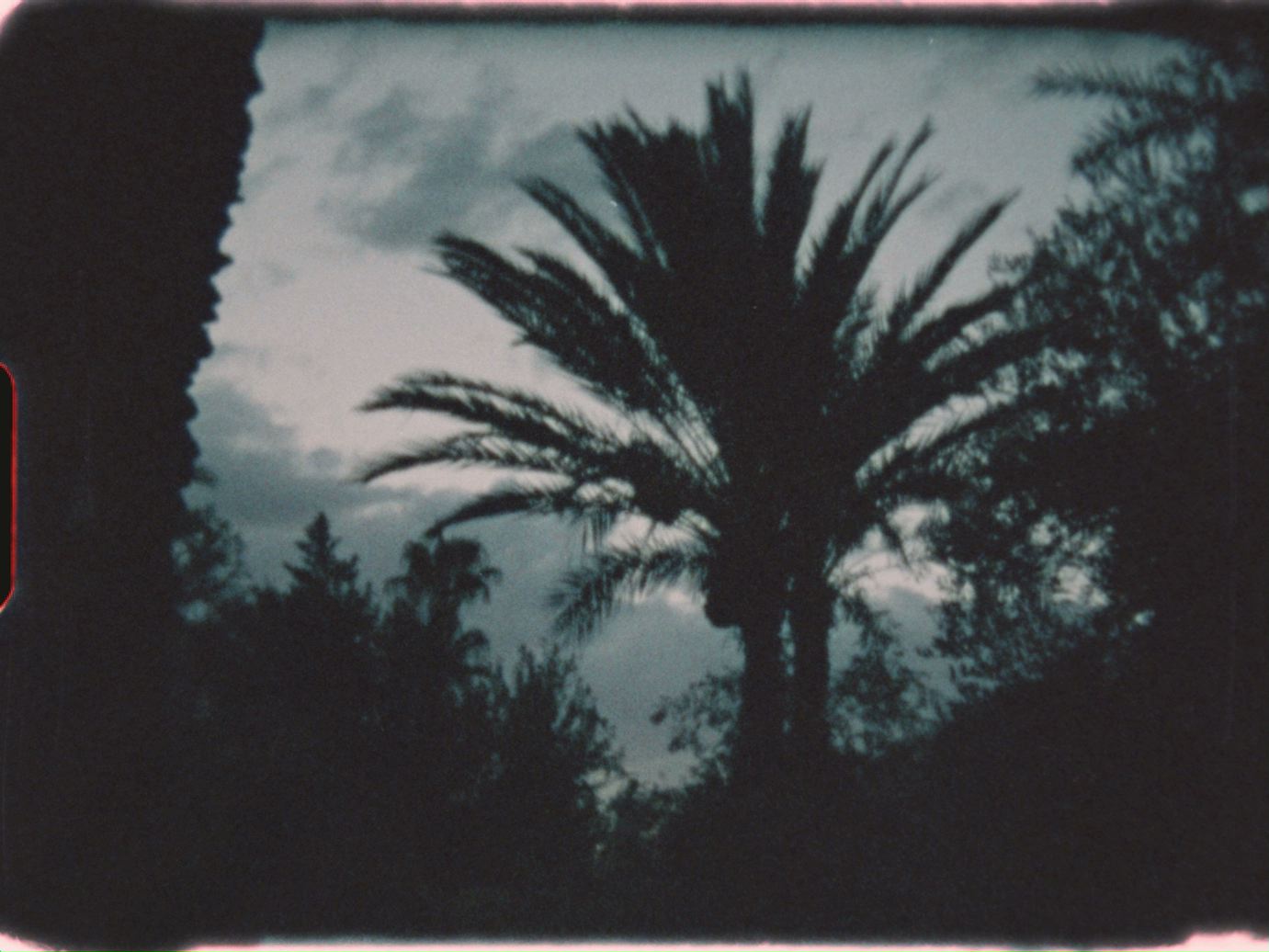
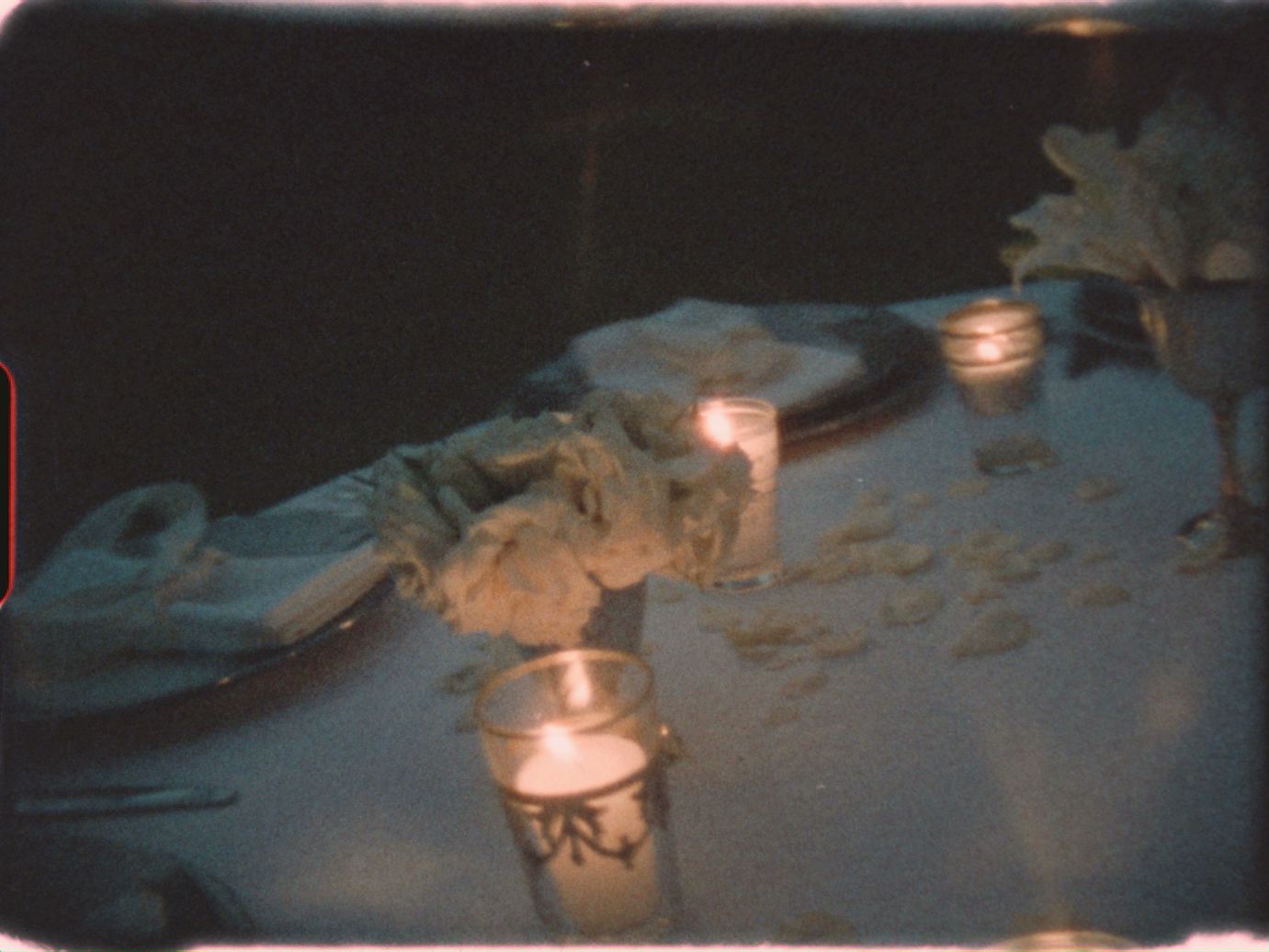
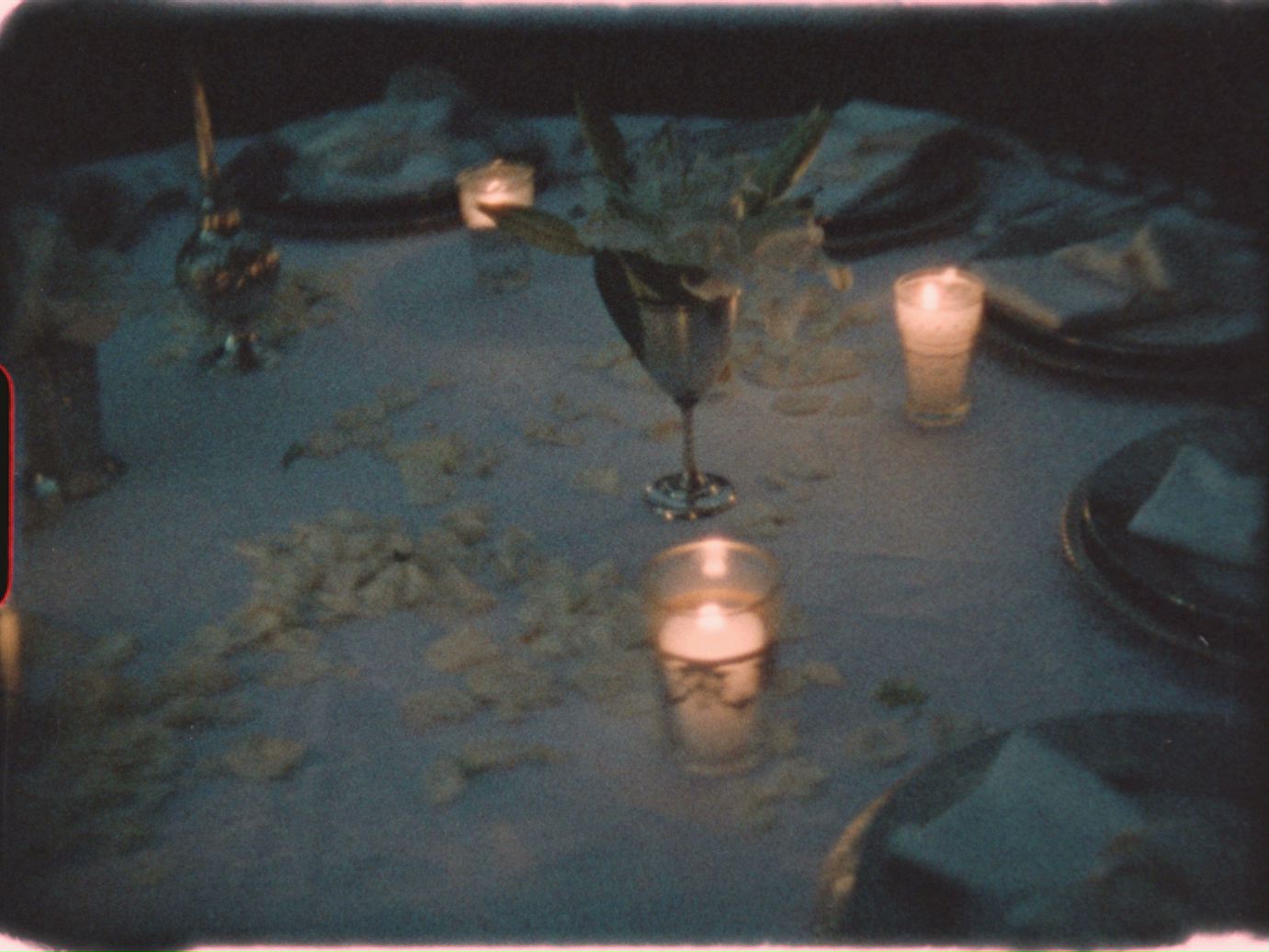
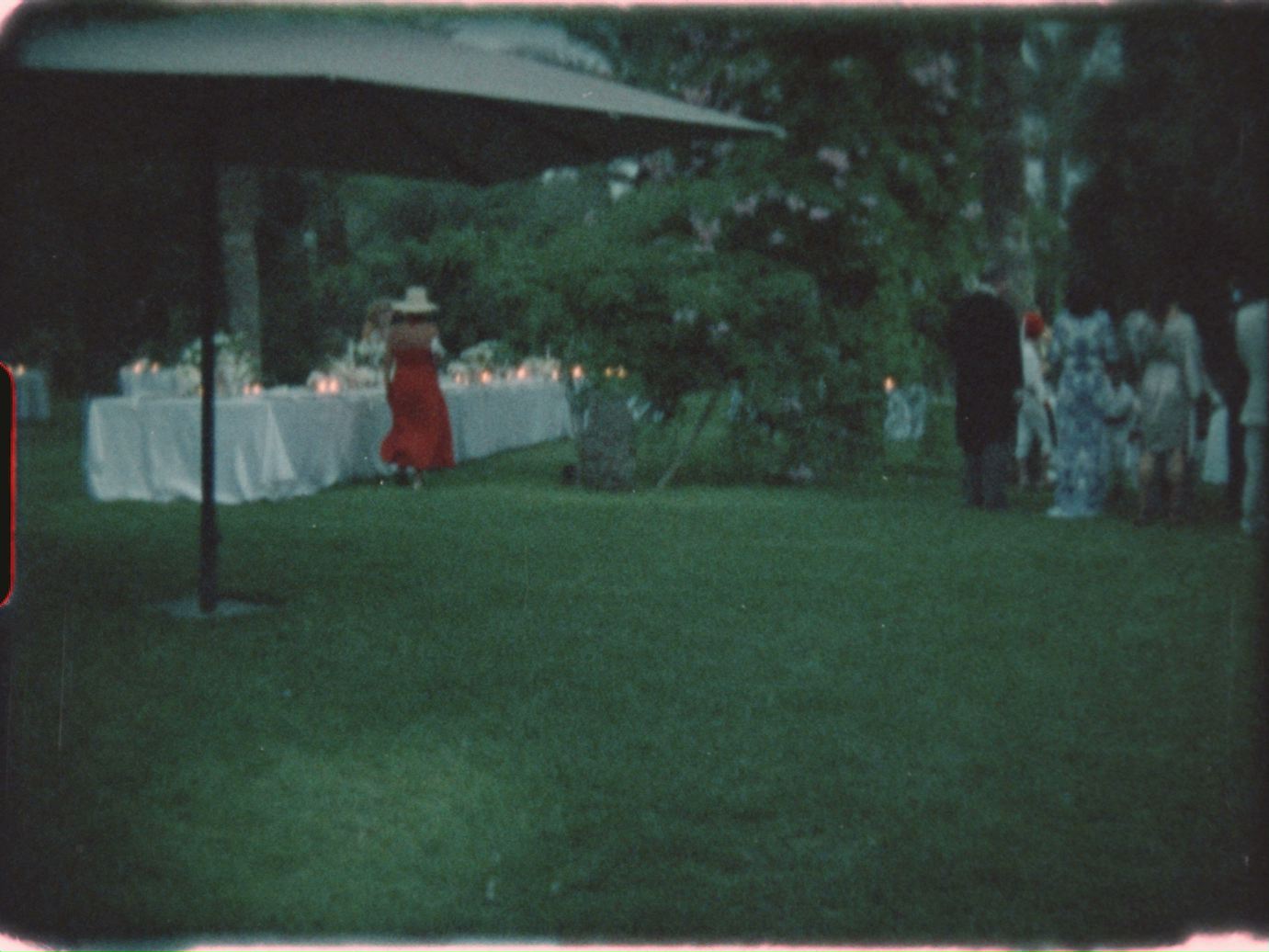
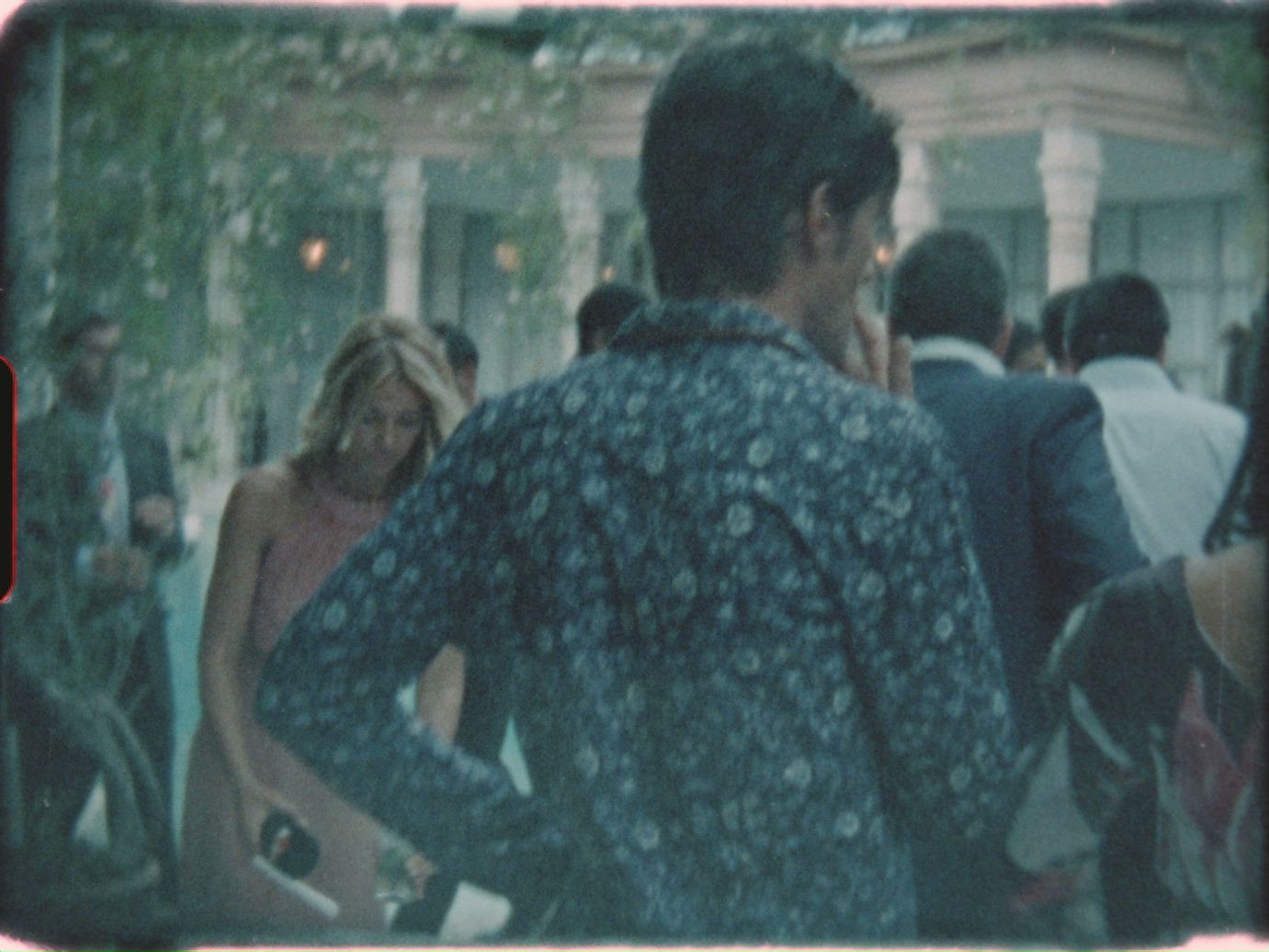
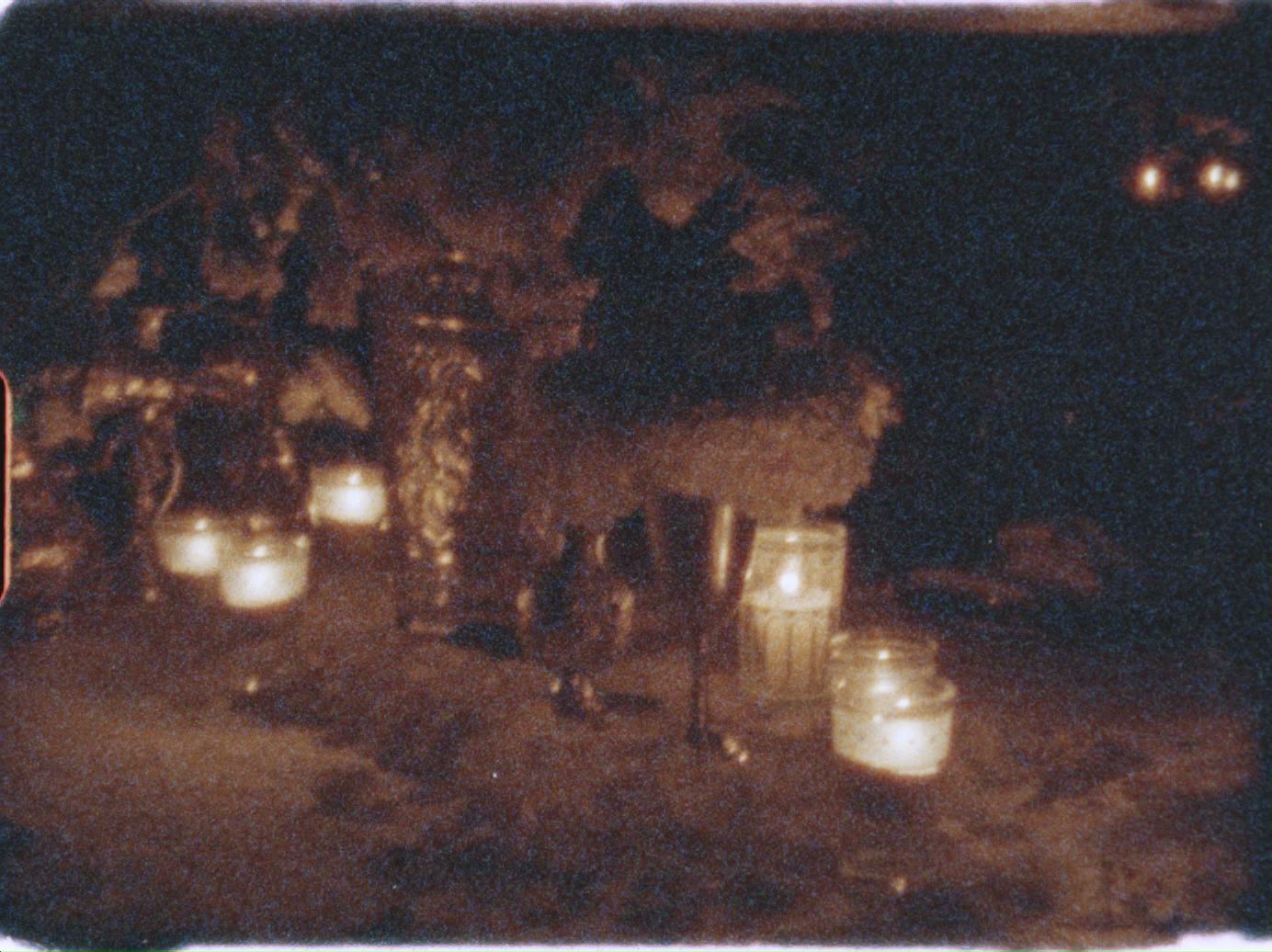
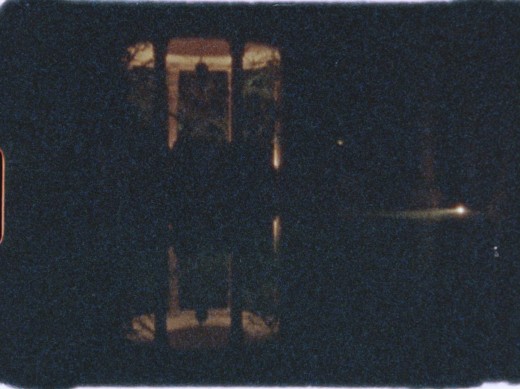
Leave a Reply